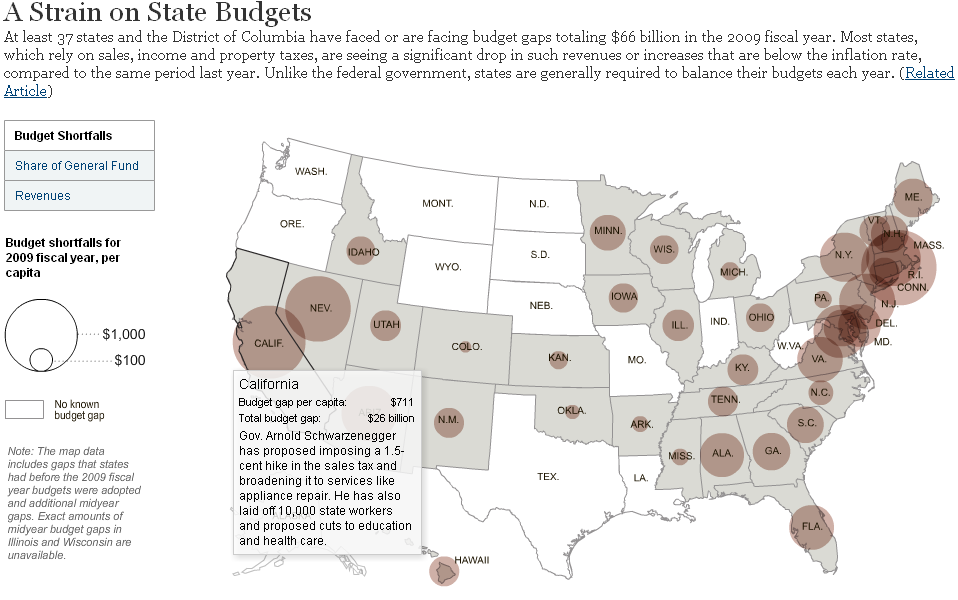This weekend, I heard a presentation from a Republican operative and strategist who claimed that to be competitive in the 2012 Presidential race, the GOP candidate will need to raise $1 billion. I suspect that that number is a touch high, but it is not an unreasonable assumption. Let’s run some numbers on that.
If you assume that the donors all came from maxed out donors and that the new limit is $2,500, that would mean that the candidate would need to find 200,000 donors. More likely, the average donation size would be much smaller and the number of donors much larger. Barack Obama had over 3.1 million donors by October, averaging about $200/donor.
Consultants, who get paid by campaigns, tend to focus on the dollars. But that’s not what we should be focusing on when we look at the Obama campaign. We should be looking at the numbers of bodies. It is the size and scope of Obama’s grassroots organization that is really the phenomonal innovation that could transform our politics. That, not the money, is what we need to figure out how to match.
Let’s put it slightly differently. Obama got about 3m donors. He got about 6m cell phone numbers. And about 10m on his email list. Turning that around, about 1 in 3 of the people who signed up to his email list gave him money. That’s earth-shattering.
I wrote a piece for Pajama’s Media on technology in the 2008 race. The key point about the campaign was its decision to put the organizational focus on its grassroots:
In the end, the Obama campaign’s various technologies for fundraising, GOTV, and communications were side shows. They all derived from a much more fundamental innovation. Rolling Stone described the most important insight of the Obama campaign from one of their trainers: “We decided that we didn’t want to train volunteers. We want to train organizers — folks who can fend for themselves.”…
You can make the fundraisers a little more efficient. You can make the GOTV more efficient. You can have a better message and get it out better. These are linear improvements. But political organizations grow exponentially when you improve the organizers. That’s what the Obama campaign did. Everything was focused on making the organizer better.
In the end, either Obama’s organization will be a one-off, which I wouldn’t count on, or conservatives and/or Republicans are going to have to learn to match that level of organizing. But just as Obama’s organization has partially transformed the Democratic Party and Dean’s organization definititely did, the Republican Party will probably be transformed by a shift to a focus on grassroots. Some thoughts on how:
- The power of the donor class will be signficantly reduced as it shifts to the grassroots.
- This party would likely involve an overthrow of the current party leadership. And I don’t necessarily mean at the RNC, but down at the county party level.
- A party with that level of grassroots activity and energy might be more ideologically broadly-based than our current party.
That would be a fundamentally different Republican Party, and one that is focused on the voters and the activists and the donors rather than the intrigue of Washington, which has been so much the focus of the party.
The third point about a somewhat different ideological composition could be important, and the Republican primary might even provide a guide. John McCain won his primary based on winning rank-and-file Republicans who were not part of the party apparatus. He campaigned to these people. In March of 2007, I was in New Hampshire on the Straight Talk Express, and McCain was speaking at veterans halls to whoever would come. Mitt Romney was speaking that same day to Lincoln Day dinners. McCain probably wasn’t even invited to those dinners.
At the same time, at some state and local conventions the local parties only maintained control under the attack by Ron Paul supporters by cheating them out of their delegate spots. A more vibrant party could have handled — and perhaps beaten — new entrants into the process. A more vibrant party could have built a coalition with those people rather than driven them away. Healthy political parties add people because they help them win. Unhealthy ones drive people away.
So in the end, I am somewhat bored with an ideological debate about the future of the party. The real change will be if people are willing to empower a new grassroots of this party and give up power to it. If we don’t it’s over. If we do, there could be tremendous opportunities that start to address some of the weaknesses of our party.
